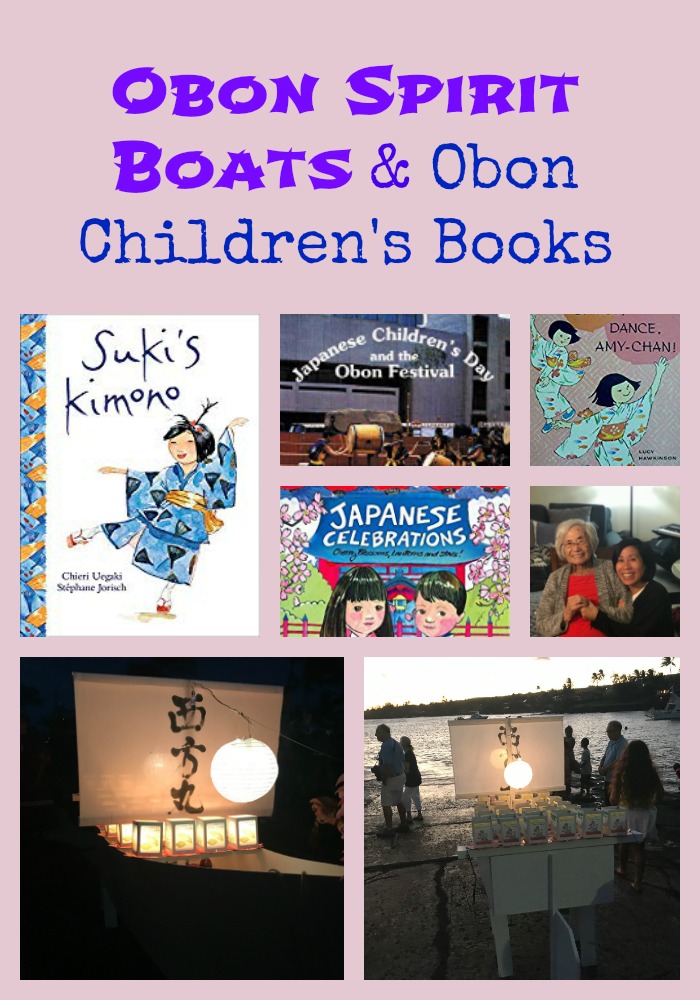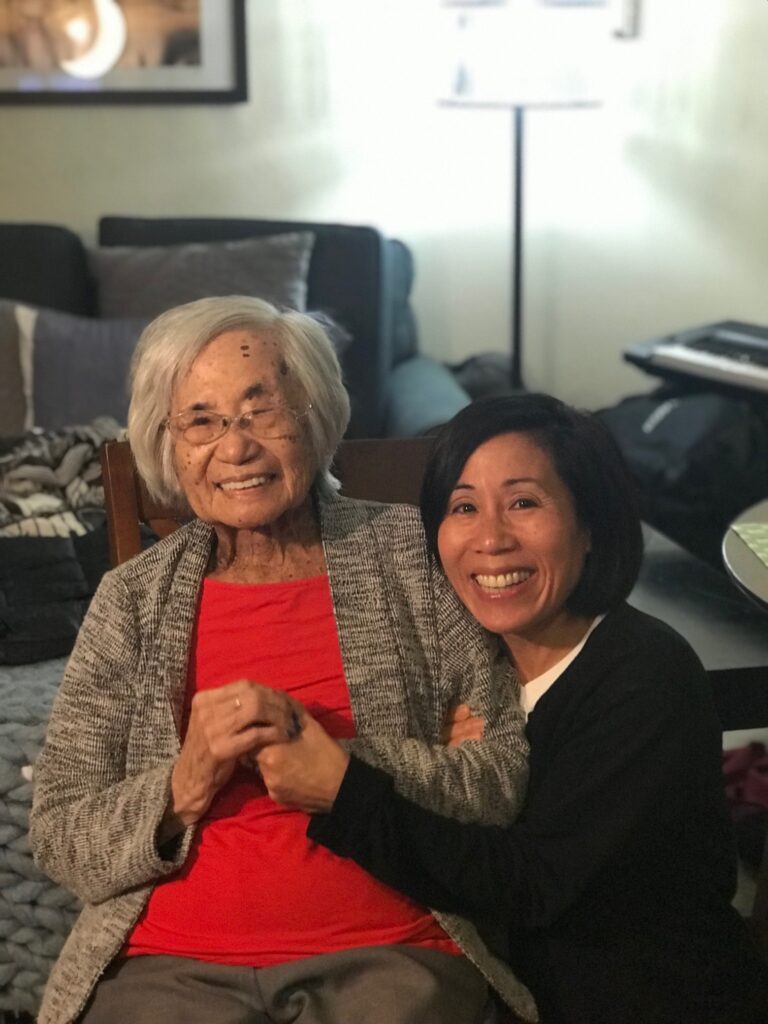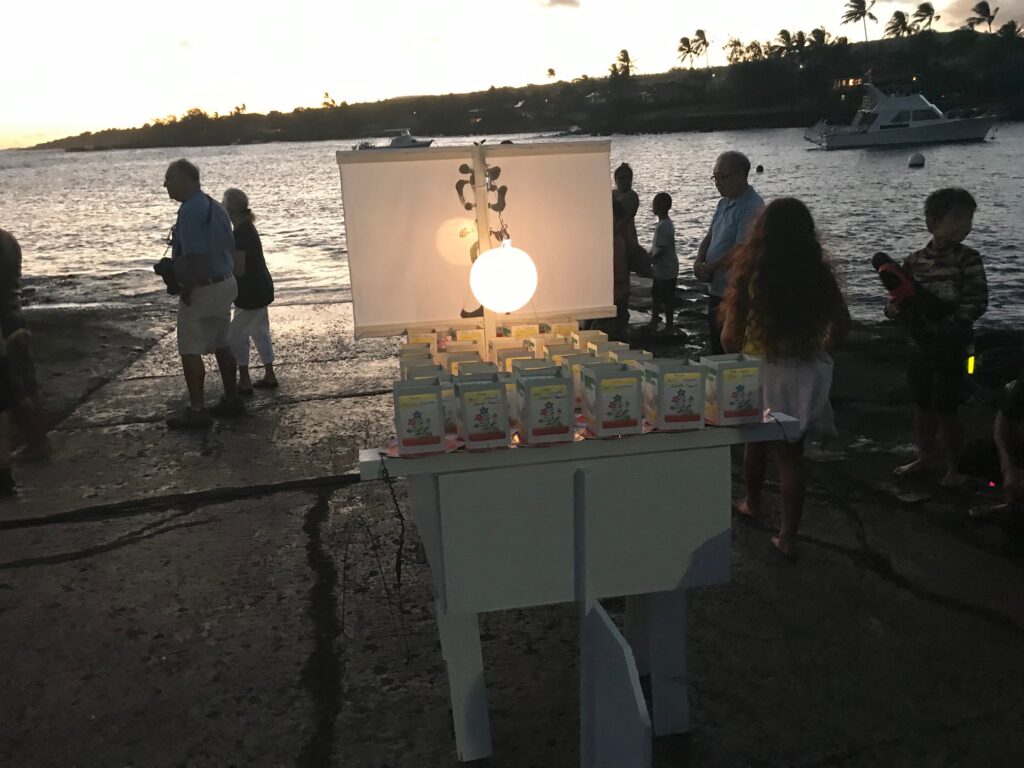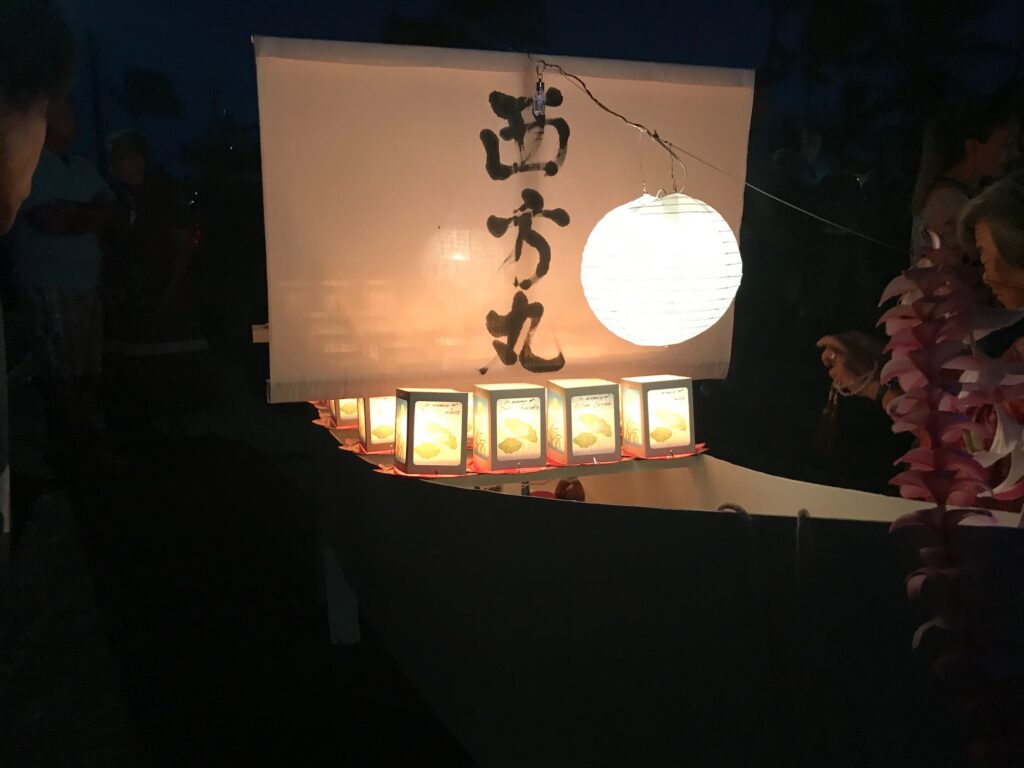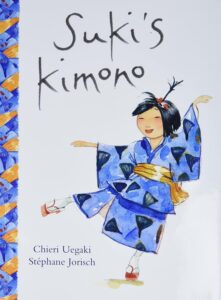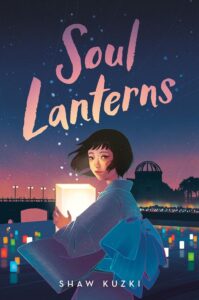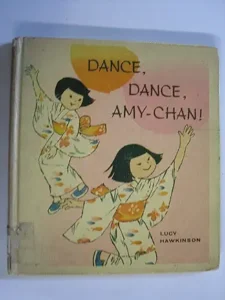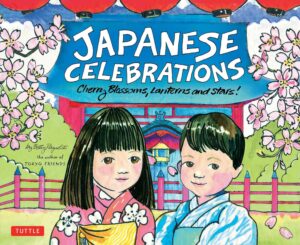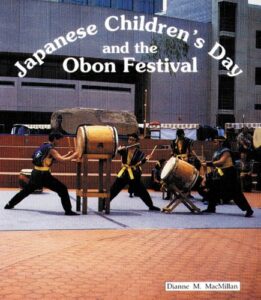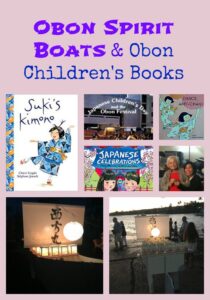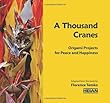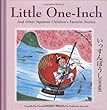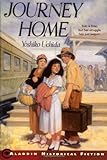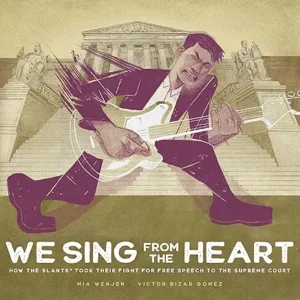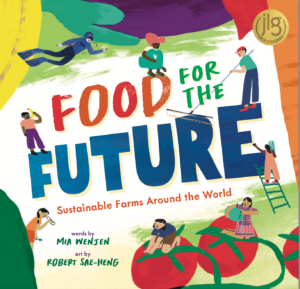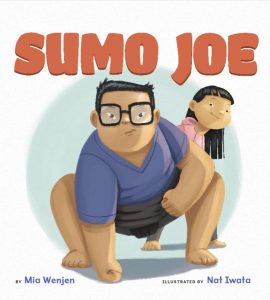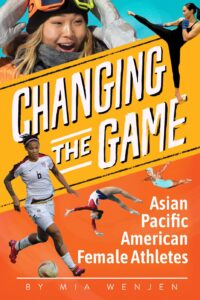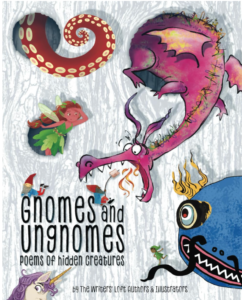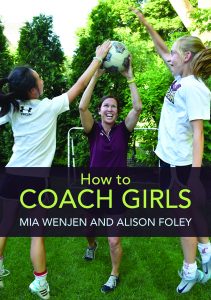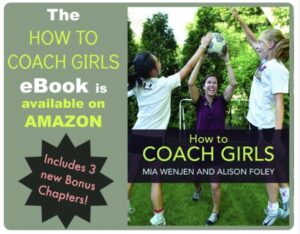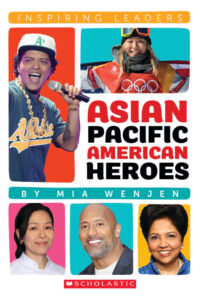Big Catch
On the beach, it’s like a festival/ but in the sea, they will hold funerals/ for the tens of thousands dead.
Japanese poet Misuzu Kaneko (1903-1930)
I’ve been thinking a lot about Buddhist rituals now that my mom is at the end of life. The Buddhist services that I have attended have mostly revolved around funerals and weddings.
My takeaway from my oblique relationship with Buddism is that it is all about “what goes around, comes around,” but in a very personal format: your actions in this life and in past lives lead to further reincarnation. As life is mostly about suffering, the way to true enlightenment is to break the cycle of reincarnation by living a very pure life (which is easier said than done.) This cycle of life and death is known as samara.
For those grieving, what is nice about Buddhist funeral ceremonies is that it is not a one time only deal. Those who have passed away are remembered in services in which their names are mentioned and there are additional group services at different increments during the first year after death.
Remembering the dead is a big part of Japanese culture. Obon is one such national holiday where everyone returns to their ancestral home for a week of festivities intended to welcome the dead home and help them go back to the beyond. I think there are a lot of similarities to Latin countries’ Day of the Dead celebration.
I was lucky to have been back in my family’s Japanese ancestral home in 1992 to participate in Obon. They live about an hour outside of Hiroshima. I had purchased a yukata in Tokyo where I had been working for Shimizu Engineering and Construction and wore that to dance in the Obon celebration.
The Obon Spirit Boat Procession is not part of the Obon festivities in Hiroshima, but I happened upon it while in Kauai a few weeks ago. They were a little early with their celebration which was lucky timing for me and my family.
Obon Spirit Boat Procession in Kauai
The Spirit Boat Procession (精霊流し Shōrō nagashi) is an event celebrated in various places in Nagasaki prefecture, Japan. It is part of the Bon Festival. During the event, the souls of the deceased are mourned and sent off.
The procession takes place on August 15 of every year. During the procession, people float boats which are said to be carrying the spirits of the deceased down the river. The spirits are said to be sent to Sukhavati. It is done as an act of mourning by those who have lost a family member in the past year, though people who are not mourning participate as well.
As with many other Japanese festivals, people carry firecrackers and gongs and often sound off with kakegoe. Some boats are built up to look like festival floats and many tourists come to see the event. Despite the atmosphere, the procession is actually a Buddhist event of mourning the deceased. At one time the boats were floated off into the ocean, but in recent years the boats are retrieved before they go out that far so as to prevent polluting the ocean.
Obon Children’s Books
Suki’s Kimono by Chieri Uegaki, illustrated by Stéphane Jorisch
Suki’s Kimono is actually about the Obon festival and her cotton “kimono” is known as a “yukata.” A kimono is a more expensive and fancy affair. So, actually, this book should technically be called Suki’s Yukata which looks similar to a kimono and also has a sash called an “obi.”
It is hot and sticky in Japan during the summer! A silk kimono (or the less expensive synthetic not authentic polyester) would be sweltering to wear. Kimono also have more layers. The yukata is a simple cotton robe that you wear by itself. It’s lightweight and airy. It’s perfect for summer and, in fact, the summer “kimono.” I use mine as a bathrobe! [picture book, ages 4 and up]
Soul Lanterns by Shaw Kuzki
Twelve-year-old Nozomi lives in Hiroshima many decades after it was attacked with a nuclear bomb. Every year, she participates in a paper lantern-floating ceremony to honor the deceased. Her mother always releases a white lantern with no name, and as she begins to dig into the lost stories of what happened on August 6, 1945, she finds that a project she is working on is helping to heal her community. This story speaks to the urgent need for peace in our world. [middle grade, ages 10 and up]
Dance, Dance Amy-Chan by Lucy Hawkinson
Cool Asian Kids turned me onto this out-of-print book, and I was thrilled to see that we both have been to the West Los Angeles Buddhist Temple which was down the street from where I lived in West Los Angeles. This temple still lists my grandparents in the services as part of remembering them. I have been here for New Year’s mochi pounding!
“Dance, Dance, Amy-Chan is an especially charming illustrated book about two Japanese American girls getting ready for their local Obon Festival. Amy Chan almost missed the dance because little sister Susie Chan disappeared in the crowd when she got scared of the drums. The drawings in the book are brush paintings in color and in black and white. The colors are very cheerful and friendly, and even the black and white drawings are cute, with a lot of details on the kimonos, hair, accessories, and toy dolls.” [picture book, ages 4 and up]
Japanese Celebrations: Cherry Blossoms, Lanterns, and Stars! by Betty Reynolds
You can learn more about Obon and other Japanese celebrations in this vibrant and informative book. [nonfiction, ages 7 and up]
Japanese Children’s Day and the Obon Festival by Dianne M. MacMillan
This nonfiction picture book covers two holidays that children can relate to. Black and white photos capture the events. [nonfiction picture book, ages 7 and up]
To examine any book more closely at Amazon, please click on image of book.
As an Amazon Associate, I earn from qualifying purchases.
Japanese American Books for Kids
21 Wonderful Japanese Folk Tales
Japanese Internment Books for Kids
Learning About Japan Picture Books for Kids
For your young ninja, books to learn about Japan.
Connecting Science and Art: Hokusai’s The Great Wave
It’s amazing how a single piece of art can have a ripple effect, inspiring others all around the world and for many generations.
In Memory of Hiroshima Bombing Books and Crane Origami for Kids
Top 10: Japanese American Children’s Books (ages 2-16)
WWII Internment seems to dominate Japanese American books for kids. I agree that it is an important lesson in history — my own mother was forced to relocate but I also hunger for books that explore other facets of being Japanese American.
Kite flying is an important ritual in Asia and I’ve rounded up every great kite flying book thanks to a little help from my friends and readers.
Best BiLingual Japanese Books for Kids
This was my response to a reader request.
Japan: Books for Kids on Shogun, Family Crests, Block Prints
I explore my own Japanese history in this post.
Japanese American Post Internment Story: Journey Home (ages 8-12)
These older books explore the Japanese American internment experience during WWII, a shameful chapter in America’s history.
Pearl Harbor Day Books for Kids
Follow PragmaticMom’s board Multicultural Books for Kids on Pinterest.
Follow PragmaticMom’s board Children’s Book Activities on Pinterest.
My books:
Amazon / Signed or Inscribed by Me
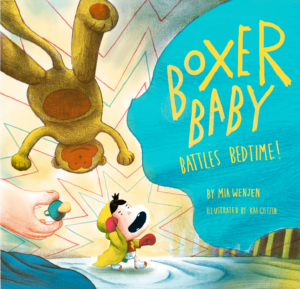 Amazon / Signed or Inscribed by Me
Amazon / Signed or Inscribed by Me
Food for the Future: Sustainable Farms Around the World
- Junior Library Guild Gold selection
- Selected as one of 100 Outstanding Picture Books of 2023 by dPICTUS and featured at the Bologna Children’s Book Fair
- Starred review from School Library Journal
- Chicago Library’s Best of the Best
- 2023 INDIES Book of the Year Awards Finalist
- Green Earth Book Award longlist
- Imagination Soup’s 35 Best Nonfiction Books of 2023 for Kids
Amazon / Barefoot Books / Signed or Inscribed by Me

